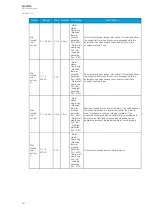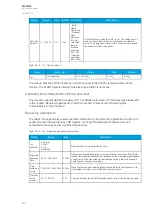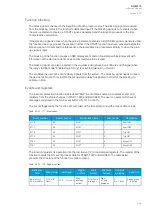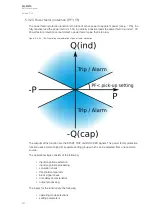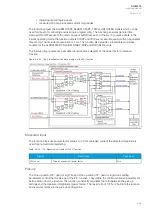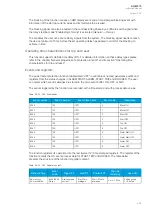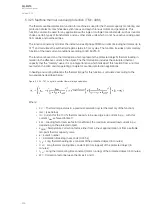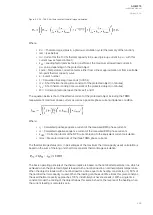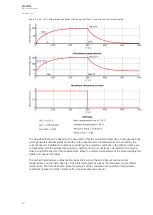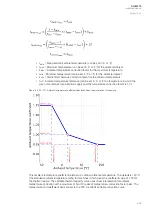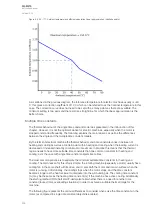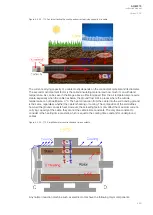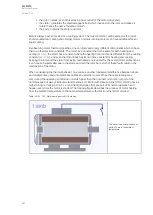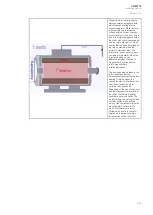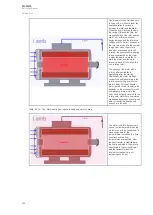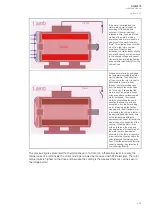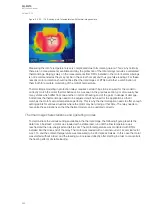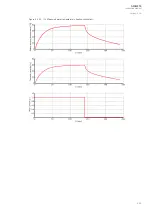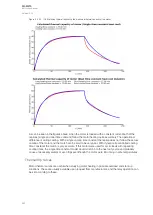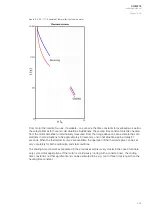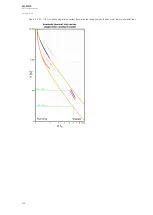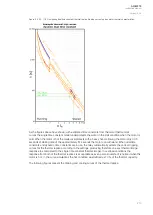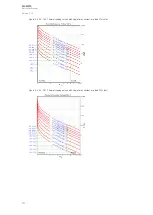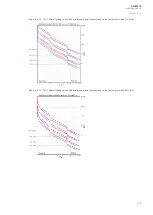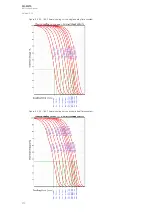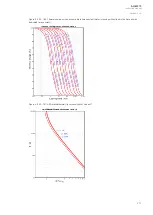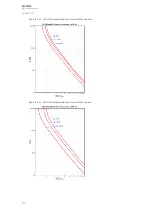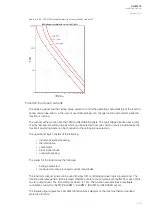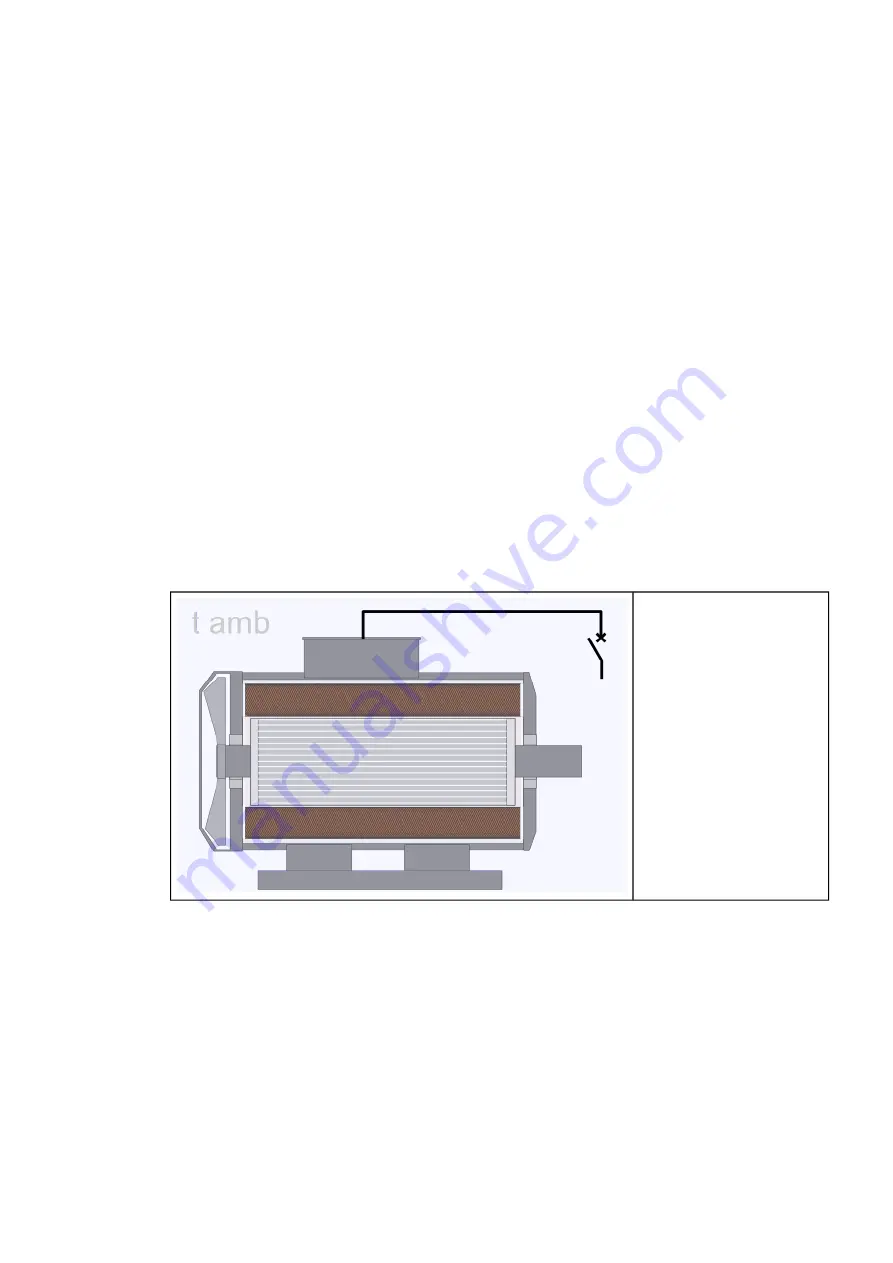
• the rotor: rotates, its shaft used as a power outlet for the motor (drive end),
• the stator: generates the electromagnetic field which induces into the rotor and makes it
rotate (hence the name "induction motor"),
• the body: contains the stator and rotor.
Motors always have some kind of a cooling system. The most common cooling system is the rotor's
shaft-mounted fan (cooling end). Bigger motors or slowly rotating motors can have additional fans or
liquid cooling.
By observing motor thermal properties, one can find several very different components which all have
their own thermal time constants. The rotor has a constant that is the same for both heating and
cooling (τ
h
= τ
c
), the stator has a constant where the heating time constant is different from the cooling
constant (τ
h
=/= τ
c
), and even the motor body has its own time constant for heating and cooling.
Keeping the rotor and the stator from being overheated are required for the overall motor protection as
it can cause insulator damage in the stator and melt the rotor bars. Both of these faults result in the
malfunction of the motor.
When considering the thermal behavior, one can see another fundamental difference between single
and multiple time constant objects like cables and electric motors. While the cable loading may
vary during the operating conditions, currents higher than the nominal current are not part of the
normal usage but always indicate a fault of some sort. Motor with direct-on-line (DOL) starting have a
high starting current (up to 6-7 x
I
n
) and heat generation that are part of its normal operation and
happen every time the motor is started. The following figure describes the process of motor heating
from the ambient temperature to the nominal temperature with direct-on-line (DOL) starting.
Table. 5.3.25 - 184. Motor heating during DOL starting.
The motor is de-energized and all
parts of it are in the ambient
temperature.
A
AQ
Q-M215
-M215
Instruction manual
Version: 2.04
261

